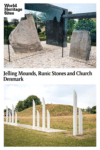Jelling Mounds, Runic Stones and Church
By Julia Bocchese
What is the Jelling Mounds site?
The Jelling Mounds, Runic Stones, and Church are one of the most important sites in Danish and Scandinavian history. It’s the place where King Harald Bluetooth declared Denmark both a unified and Christian country in the year 965.
Jelling was the royal seat of the first Danish kings. King Harald Bluetooth’s declaration set the precedent for the rest of the Scandinavian countries for unifying under rulers and becoming Christianized.
Disclosure: This article contains affiliate links. Making a purchase through an affiliate link will mean a small commission for this website. This will not affect your price.
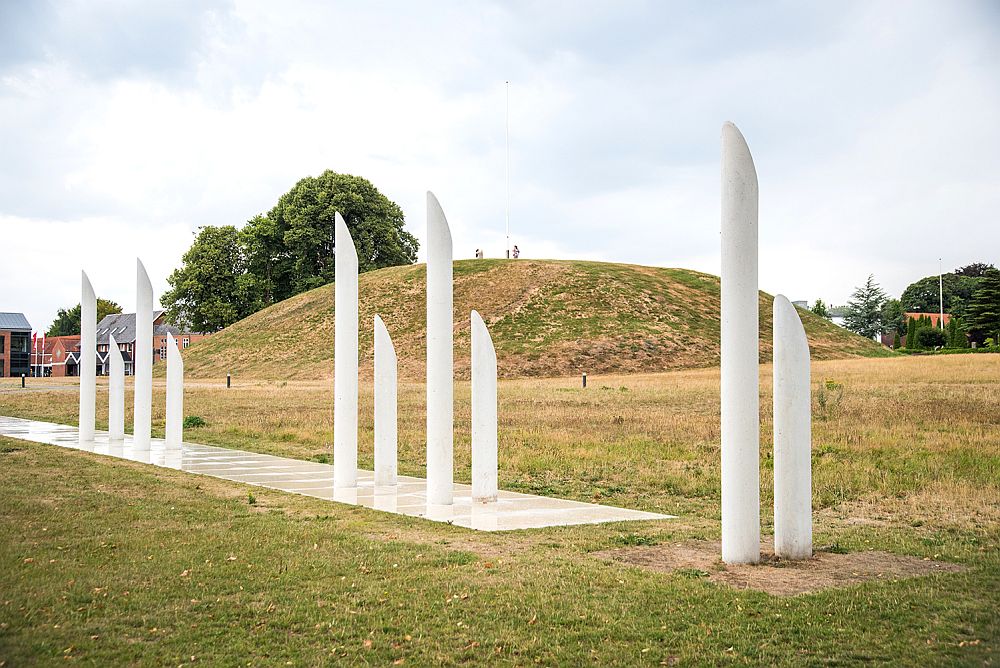
The mounds are the burial chambers of Gorm and Thyra, King Harald’s parents, but they were excavated with no remains found. The church isn’t the original building, but it stands in the same spot where King Harald built his wooden church.
The real gems of Jelling are the runic stones, also called the Jelling Stones. The first stone was erected by Gorm in memory of Thyra, and the second and third stones were erected by King Harald Bluetooth. They are the original runic stones that King Harald had carved to document the unification and Christianization of Denmark, and they are referred to as “Denmark’s birth certificate.”
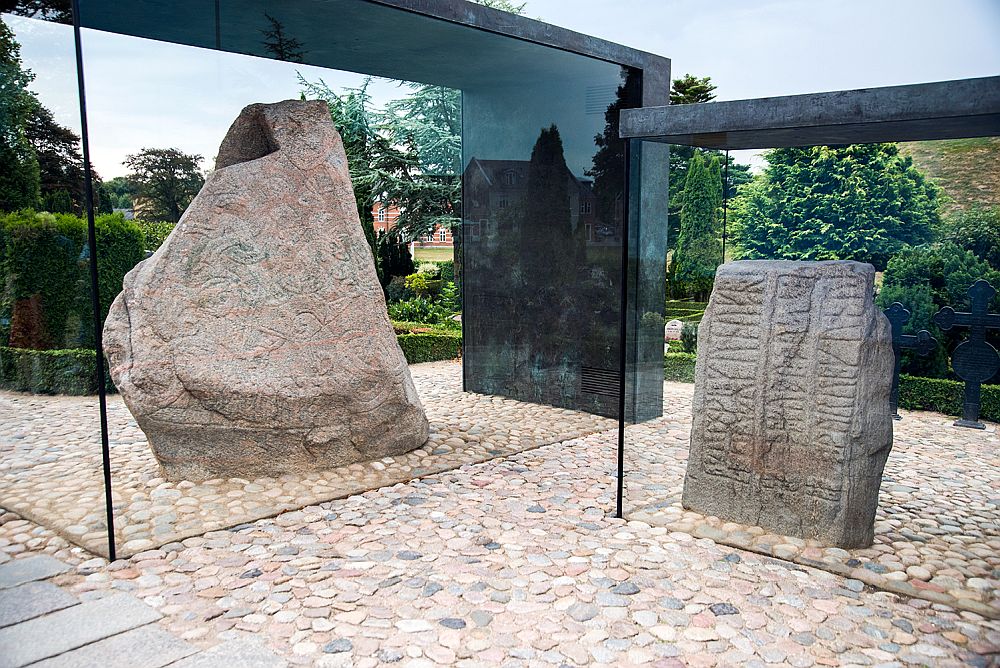
Why is it a UNESCO World Heritage site?
The transition from pagan to Christian beliefs, according to the UNESCO listing, “is vividly illustrated by the successive pagan burial mounds, one pagan runic stone, another commemorating the introduction of Christianity, and the emergence of the church representing Christian predominance.”
You can read more about the history and visiting the site here.
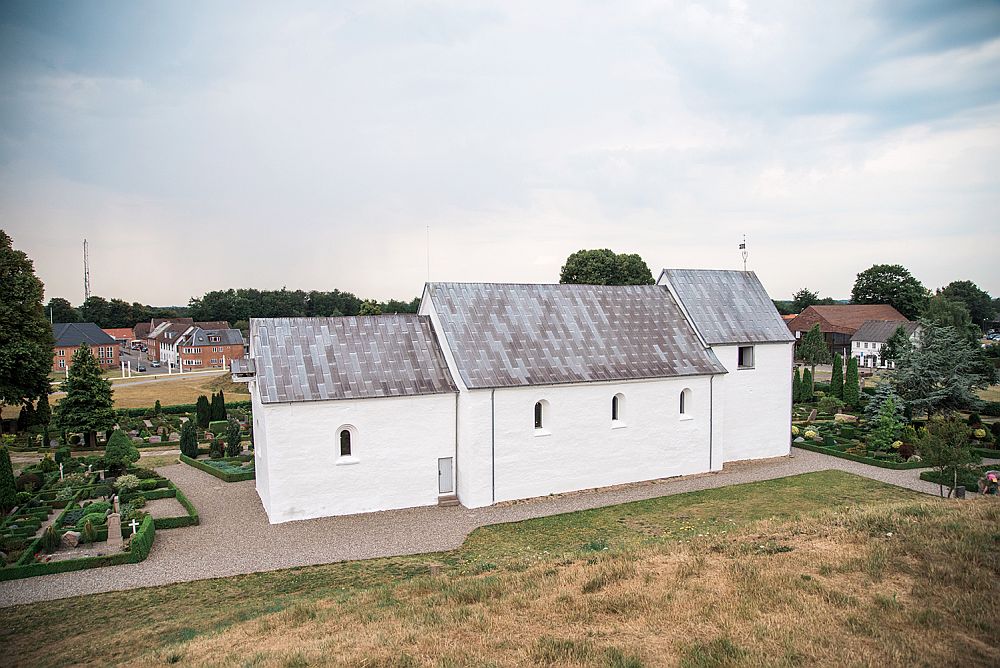
What can you expect on a visit to the Jelling Mounds site?
I personally am very interested in the Viking Age and studied the Jelling Stones before I saw them, so I really enjoyed visiting the Jelling Mounds, Runic Stones, and Church. Without knowing the history, it might not seem like a very impressive site, so I recommend learning the history or visiting the nearby museum beforehand.
The Jelling Stones are outside encased in glass, so you can’t get the best pictures of them, which is a little disappointing but understandable to protect the stones.
Is Jelling worth visiting?
If you’re interested in the Viking Age, Jelling is worth making a trip for. It isn’t near any major cities, so it might not be worth a trip if you’re not the most interested in the Vikings.
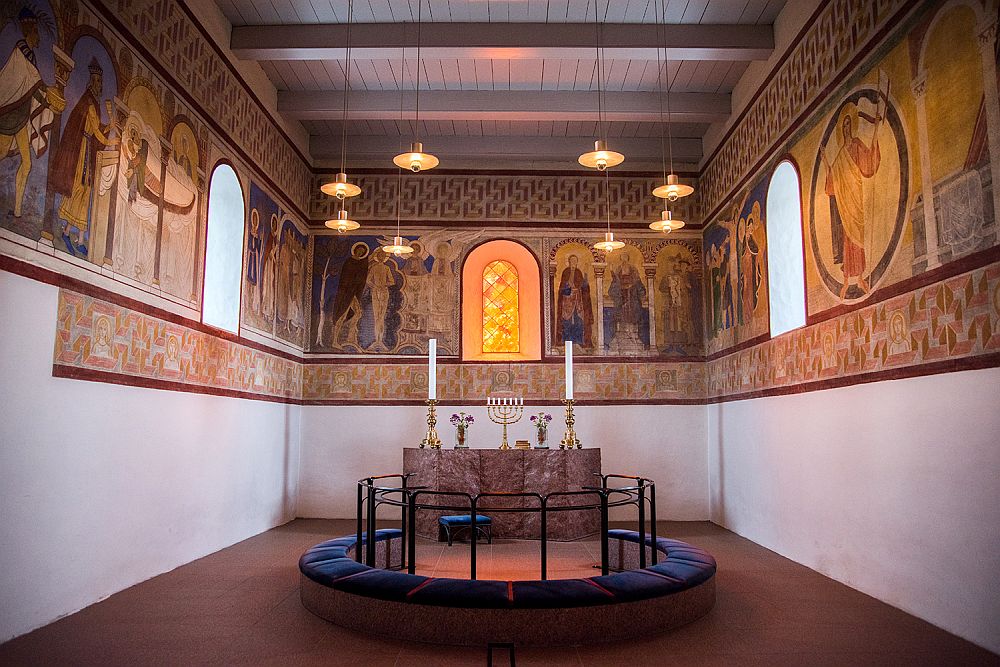
What sorts of travelers would like it?
Travelers interested in history will enjoy Jelling the most.
Tips for visiting
I recommend going early to avoid crowds. You won’t have to walk very far, but sturdy shoes would be beneficial if you want to climb to the top of the mounds. The museum Kongernes Jelling is near the historic sites; it has free admission and is worth visiting to get more context behind the Vikings and Jelling.
Use the map below to book your accommodations in Jelling or nearby Vejle:
Where is the Jelling Mounds site?
The address of the sites is Thyrasvej 1, 7300 Jelling, Denmark. Jelling is about seven miles from the town of Vejle. Aarhus is one of the closest major cities at an hour’s drive away, and Copenhagen is close to a three-hour drive away. There isn’t direct public transportation to Jelling, and there isn’t much to see in the town other than the historic sites and museum.
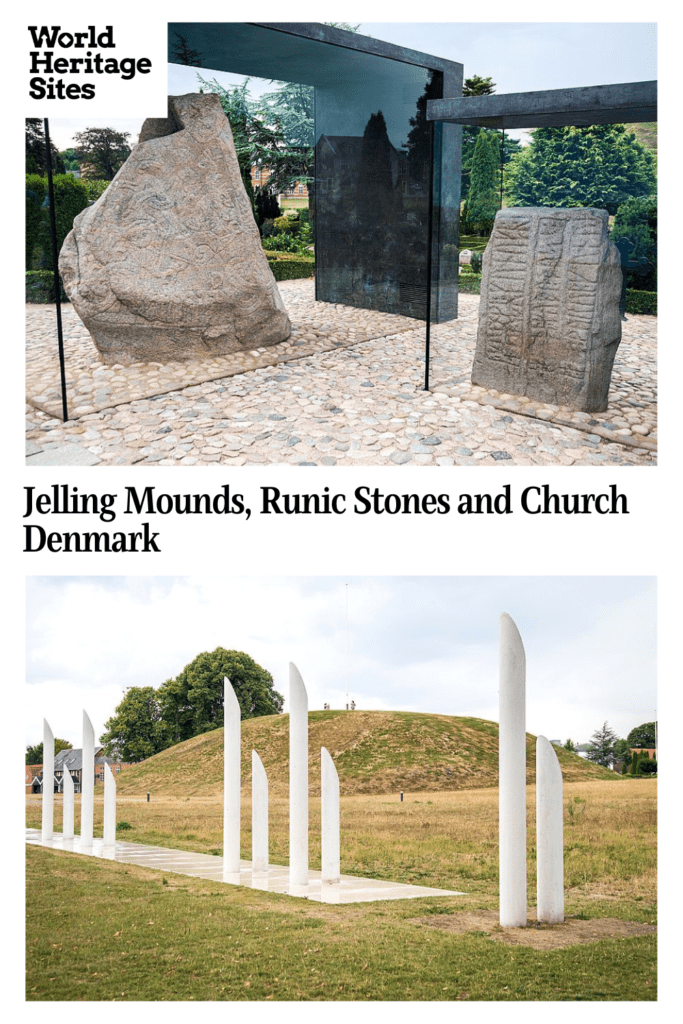
For more information about The Jelling Mounds, Runic Stones, and Church, their opening hours and admission fees, see the official website.
Have you been to Jelling Mounds UNESCO site? If so, do you have any additional information or advice about it? Please add your comments below!

